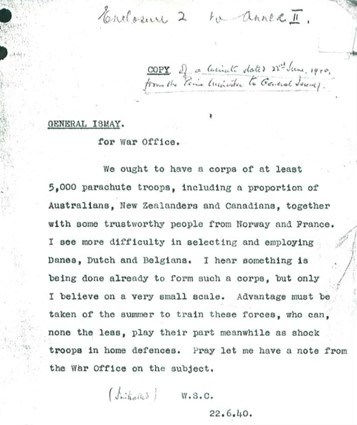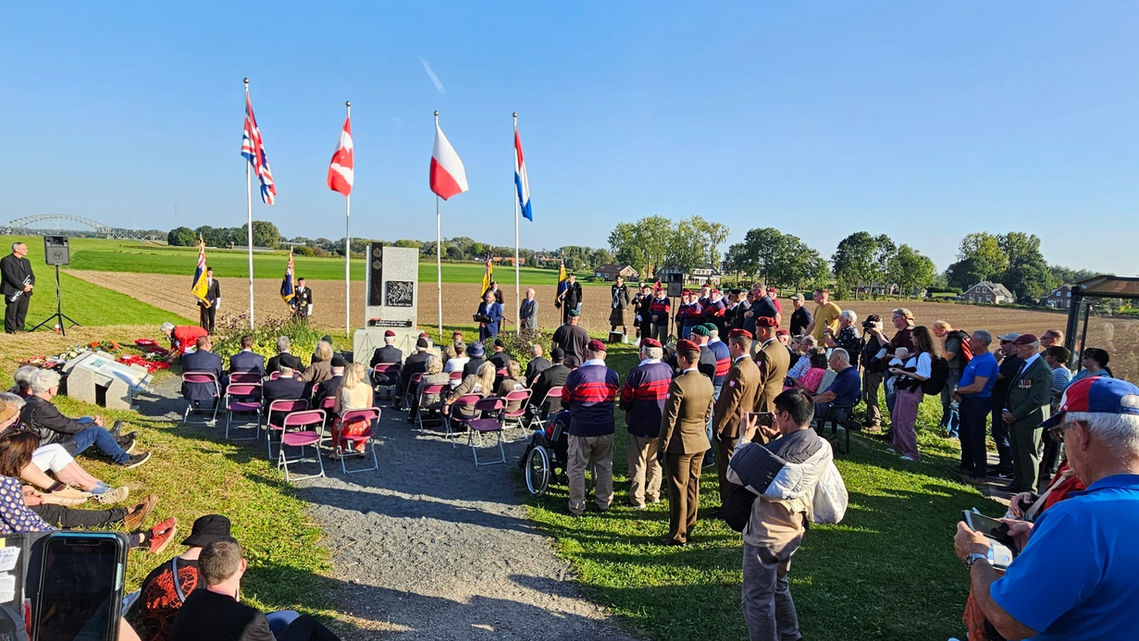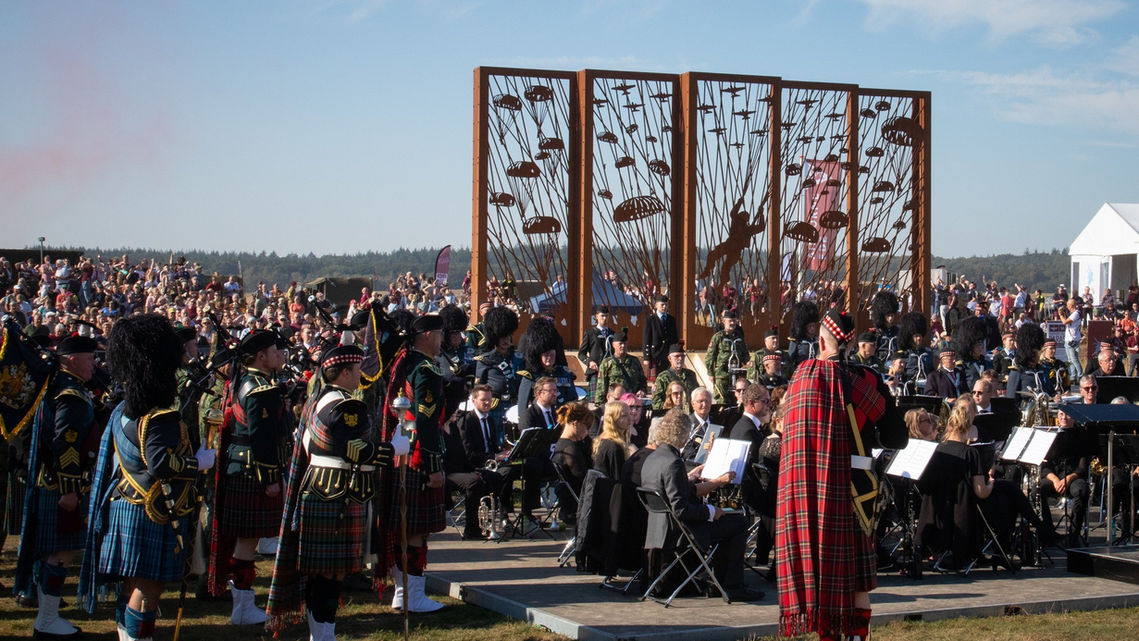Did You Know
Some interesting wartime images of Hardwick Camp situated close to Chesterfield.
Some interesting wartime images of Hardwick Camp situated close to Chesterfield.
In 1941, following formation of the 1st Parachute Brigade, there was a requirement for suitable training facilities. In December that year, Hardwick Hall, a 16th century Elizabethan House, became an unofficial training establishment for parachute training and physical selection. Later that same year the 2nd and 3rd Battalions were formed at Hardwick Camp, followed the 4th Battalion in 1942.
By late 1942 Hardwick gained official status from the War Office, becoming a Parachute Depot and Battle School. Situated in fifty-three of open countryside and close to the rugged Peak District it was an ideal site. It comprised a runway, assault course, parachute training towers and a tethered balloon for refresher jump training. The basic course was designed with the intention of developing physical training and toughening the men to such a degree that on operations they could deal with any conditions with which they were presented. Upon basic course completion, recruits were routinely marched fifty miles to RAF Ringway to further complete parachute descent training. There are references to the training the 21st Independent Parachute Company undertook at Hardwick Depot, in Gijbels/Truesdale ‘Leading the Way to Arnhem.
‘The first two weeks at Hardwick consisted of physical and synthetic parachute training, all under the watchful eye of the Regimental Sergeant Major, (Gerry Strachan of Operation Biting fame)’…. The culmination of the course at Hardwick was a session on the assault course, probably the toughest of its kind then in use. From start to finish it called for complete endeavour, stamina, and determination.’ (Source ‘Formation and Training of the Independent Company’- Gijbels/Truesdale).
The camp was also used extensively by 1st Air Landing Brigade for training purposes prior to Market Garden and is mentioned in ‘By Land, Sea and Air’, (Juniper, Smulders, Korsloots) ‘an illustrated history of the 2nd Bn South Staffordshire Regiment’, also in ‘When Dragons Flew’ (Eastwood, Gray, Greens), with reference to the 1st Bn. Border Regiment and Mortar Platoon Training. The latter features several images of the Bn. taken in the Peak District, close to the Depot.
Prior to Operation Market Garden, pre-parachute ground training was relocated to RAF Ringway and the Battle School Holding Unit was moved to Clay Cross just a few miles away. The Clay Cross Battle School building still exists (currently as a Snooker Hall) with some original features intact. Traces of the original green paint can still be seen on the garage doors of the MT section. Other elements of the Battle and Tactical Schools were relocated to Sheffield.
The Depot functioned until 1946, before being relocated to the Isle of Wight. Post war it functioned as a resettlement camp for Polish soldiers returning to Britain.
(SG)




































